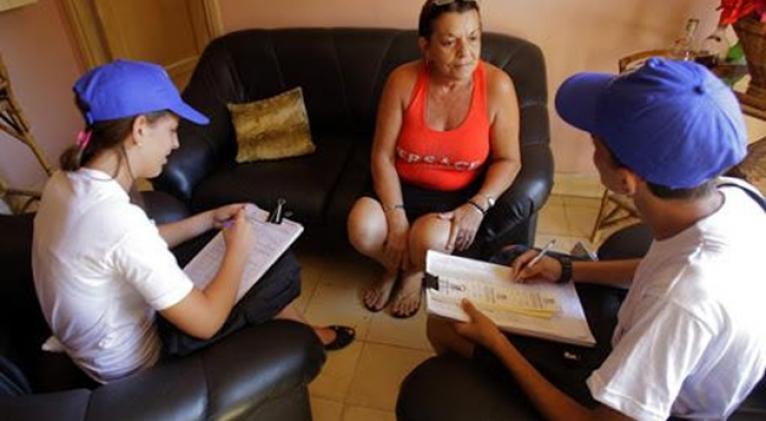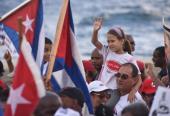The Pre-Registration or Pre-Census Begins as a Prelude to the Population and Housing Census
especiales

The population is both the object and subject of development," recalled just a few days ago the deputy head of the National Office of Statistics and Information (ONEI), Master of Science Juan Carlos Alfonso Fraga.
That’s why, for the country's economic and social development, it is essential to understand the characteristics of its population in terms of composition, structure, dynamics, fertility, sexual and reproductive health, mortality, morbidity, and spatial mobility.
Last Monday, the first steps begin toward a new Population and Housing Census in Cuba, which will provide much-needed information.
The Pre-Registration or Pre-Census will constitute this first phase, which will be followed by the Census Trial, and finally, the Census Survey.
This pre-census, along with the updated maps, is necessary for census planning and surveying. It consists of collecting statistical information on the country's entire economic and social infrastructure, from centers that provide any type of service to individual homes or accommodation units.
When visiting homes, only two pieces of information will be requested: the name of the head of household and the number of residents in the home.
"Head of household" refers to the person residing in the household who is considered and recognized as such by the other householders. This person does not necessarily have to be the person with the highest income, the person listed as the head of household in the household's ration book, or the person legally listed as the owner of the home.
Social workers, as enumerators, will collect this information. They will carry an identification card with the ONEI logo and will conduct the survey using a mobile data capture device (tablet, cell phone) programmed solely for that purpose.
Currently, and using round numbers, Cuba has 9.8 million inhabitants, the result of a population decline of 1.4 million over the last five years.
This decline in the number of residents—which includes school-age, working-age, military-age, and reproductive-age populations—has been driven, according to Alfonso Fraga, by migration abroad and a contraction in the number of births.
In addition to shrinking, the population is also aging. And bringing the current reality of Cubans under the microscope of demographic science will be decisive for acting in the present and projecting the future, based on solid statistical foundations.
The director of the Center for Population and Development Studies (CEPDE), Diego Enrique González Galbán, noted that the census plan was scheduled for 2022, "but the effects of the pandemic and existing difficulties were some of the factors that prevented this work from being completed," reported the newspaper Granma.
Translated by Amilkal Labañino / Cubasi Translation Staff














Add new comment